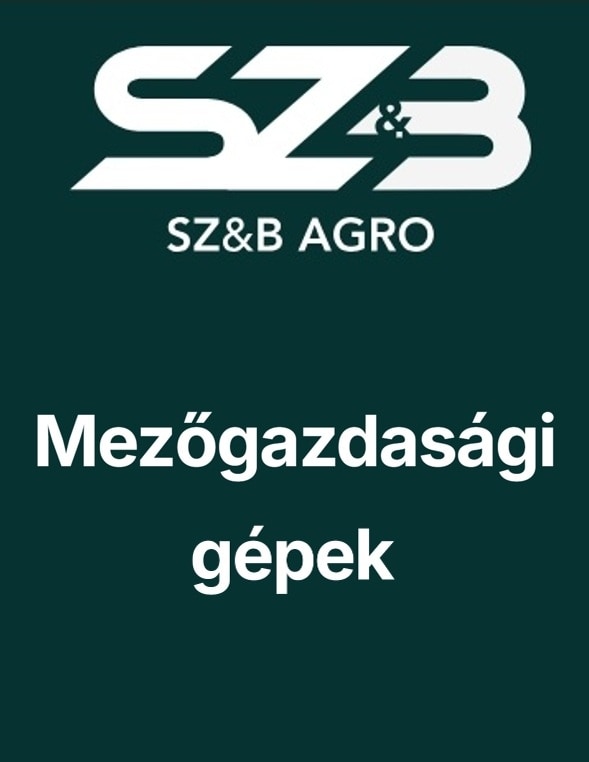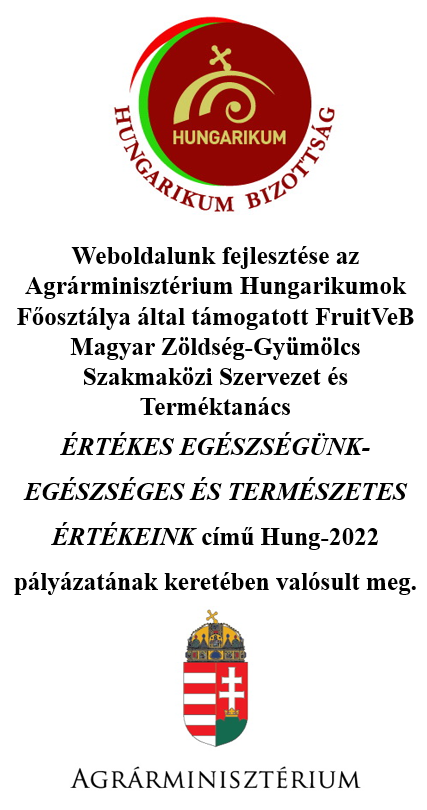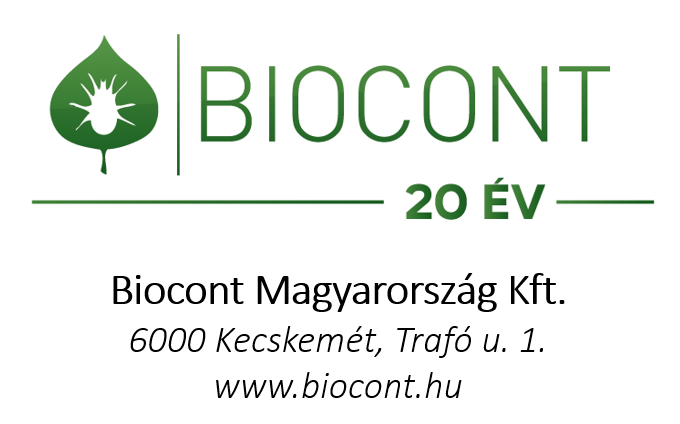Egy átlagos évet követően a szokásosnál egy héttel korábban, április közepe táján indulhat a hazai szamócaszezon. – Following an average year, the domestic strawberry season will start a week earlier than usual, around mid-April.

A 2023-as év egy közepes, átlagos év volt a magyar szamócatermesztők számára. Az átlagosság érvényes az árakra és azok alakulására is, amelyben sajnos ismét voltak nagy bezuhanások. A tavaly leszedett mennyiség is közepes volt, nagyjából 5000 tonna körüli – ehhez jött hozzá a 4000-5000 tonna körüli, tehát a belföldi termelés volumenével csaknem egyenlő import a 100 tonna alatti exportunk mellett. Tavaly nem volt tehát extra kiugró termés, de hiány sem alakult ki a piacokon. Idén a termelési költségek növekedése miatt jogos lenne, hogy némileg magasabb árat kapjanak a termelők, de ez nem csak a szamóca esetében van így, ez nagyjából minden gyümölcsfélére igaz.
Ami már látható, hogy a februári melegek körülbelül egy héttel előrébb hozták a vegetáció állapotát, ám az állományok fejlődése az utóbbi időben tapasztalt hideg éjszakák során némileg lelassult. Ez egyben azt jelenti, hogy a piacokon már megjelent fűtött fóliás tételek után április közepére várható a hidegfóliás termesztésű szamóca piacra kerülése, főleg, hogy most ismét egy melegebb időszak következett be. Termelőinknek az a fontos, hogy a szezonkezdet ne legyen túl korai (ekkor összecsúszna a jóval olcsóbb mediterrán áru dömpingjével), és ne következzen be egyszeri, nagyon hirtelen felmelegedés, mert akkor a hidegfóliás áru rá tud csúszni a fűtött fóliás tételekre, ami az árak zuhanását eredményezi.
Magyarországon a szokásos menetrend szerint kora tavasszal görög, spanyol és marokkói áru érkezik a piacainkra. Ezeket váltja le folyamatosan a magyar szamóca, majd a szezon végén, szoktak román és lengyel tételek érkezni. A hazai termesztésű szamóca nagybani ára április 10, környékén jellemzően 4000 Ft/kg körül van az első nagy mennyiségben megjelenő hazai tételeknél (fűtött termesztés), majd április végére 2500 Ft környékére mérséklődik. Ilyenkor az import tételek ára még jóval alacsonyabb, és jellemzően ez is dominálja a hazai piacot, mivel még nincs nagy árutömeg magyar szamócából. Május végére szokott eltűnni az import és a belföldi ár közötti különbség.
Ennek az évente megismétlődő folyamatos árcsökkenésnek az üteme az, ami nagyon nem mindegy: ha hirtelen melegszik fel az idő április környékén, megeshet, hogy a szabadföldi állományok gyorsan beérnek, és „rácsúsznak” a hidegfóliás szamócára. Ilyenkor rövid időn belül jelenik meg nagy mennyiségű magyar áru a piacon, ami brutálisan le tudja húzni az árakat (2022-ben, tavalyelőtt például ez történt annak ellenére is, hogy hűvösen indult a tavasz, és egy darabig reménykedni lehetett benne, hogy ez nem következik be).
Összességében a 4000-5000 tonna körüli importunk legjelentősebb része az utóbbi években már nem Spanyolországból, hanem Görögországból érkezett (2500-2800 tonna körüli görög, és 1500-2000 tonna közötti spanyol áru) a bronzérem pedig Ausztriáé (300-500 tonna közötti mennyiség, ez valószínűleg re-export). Az utóbbi évtized jellemző tendenciája, hogy a korábban jelentős olasz szamóca teret vesztett a magyar piacon, csak egyes években jelenik meg 170 tonna körüli volumennel.
Vissza a “Világpiaci kitekintés: a szamóca piaca 2024-ben” cikkhez

The year 2023 was an average year for Hungarian strawberry growers. The word ‘average’ also applies to prices and their development, which unfortunately again saw huge drops. The quantity harvested last year was also average, around 5,000 tonnes – plus imports of around 4,000-5,000 tonnes (almost equal to domestic production), with exports of less than 100 tonnes. So there was no extra bumper crop last year, but no shortage on the markets either. This year, given the increase in production costs, it would be justified to give producers a slightly higher price, but this is not only the case for strawberries, it is true for pretty much all kinds of fruit.
What is already apparent is that the warm temperatures in February have brought forward the state of vegetation by about a week, but the development of the crops has slowed down somewhat during the recent cold nights. This also means that, after the heated foil batches that have already appeared on the markets, we can expect to see cold-foil grown strawberries on the market by mid-April, especially now that we have had another warm spell. The important thing for our growers is that the start of the season should not commence too early (it would then coincide with the dumping volumes of much cheaper Mediterranean produce) and that there should not come a one-off, very sudden warming, as this could cause cold-film produce to slip over heated-film batches, leading to a significant drop in prices.
In Hungary, Greek, Spanish (and sometimes Moroccan) goods arrive on our markets in the early spring according to the usual timetable. These are constantly replaced by Hungarian strawberries, and at the end of the season, Romanian and Polish varieties arrive. The wholesale price of domestic strawberries is typically around 4,000 Ft/kg around 10 April for the first large quantities of domestic batches (from heated production), then drops to around 2,500 Ft by the end of April. At this time, the price of imported goods is much lower and typically dominates the domestic market, as there is not yet a large volume of Hungarian strawberries. By the end of May the difference between import and domestic prices tends to disappear.
It is the pace of this steady annual fall in prices that is very important from producers’ point of view: if the weather suddenly warms up around April, outdoor stocks may quickly come in and “slip” on the cold-film strawberries. In such a case, large quantities of Hungarian goods appear on the market within a short time, which can brutally drive down prices (e.g. exactly this happened in 2022, even though the spring started off cool and for a while one could hope that this would not happen).
The annual import of Hungary used to be around 4000-5000 tonnes in recent years, and have come from mainly from Greece (around 2500-2800 tonnes from Greece and 1500-2000 tonnes from Spain), while the bronze medal goes to Austria (between 300-500 tonnes, probably re-exported goods). A typical trend of the last decade has been that Italian strawberries, which used to be important players of the Hungarian market, have lost ground, only appearing in some years with volumes of around 170 tonnes.
A cikkhez szemlézett írások:
GLOBAL MARKET OVERVIEW STRAWBERRIES
Kapcsolódó cikkek:
Görögország: a görög szamóca lehet az idei európai szezon nyertese
Spanyolország: két hetet csúszott az idei szamócaszezon kezdete
Németország: Húsvét után pörgött fel a szamóca iránti kereslet
Olaszország: csökkenő terület, ingadozó árak a szamóca piacán
Görögország: 10%-kal nőtt idén a szamóca exportja a tavalyi szinthez képest
Lengyelország: rekordalacsony a szamóca ára a nagybani piacokon
Németország: több kereskedő is görög szamócára váltott a spanyol áru helyett










